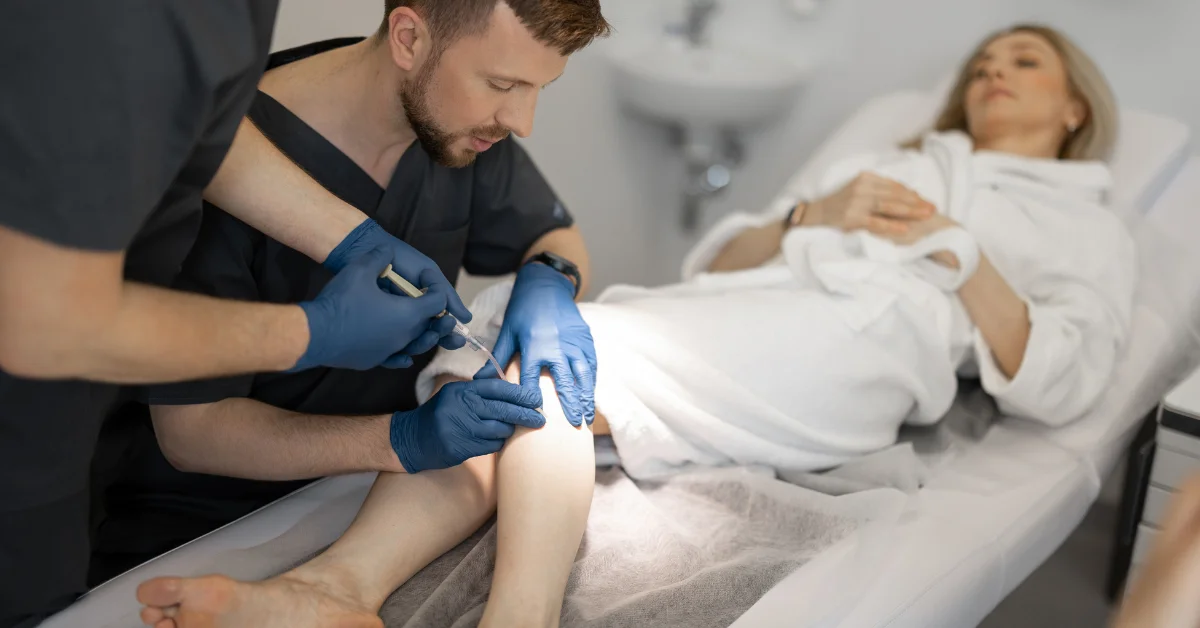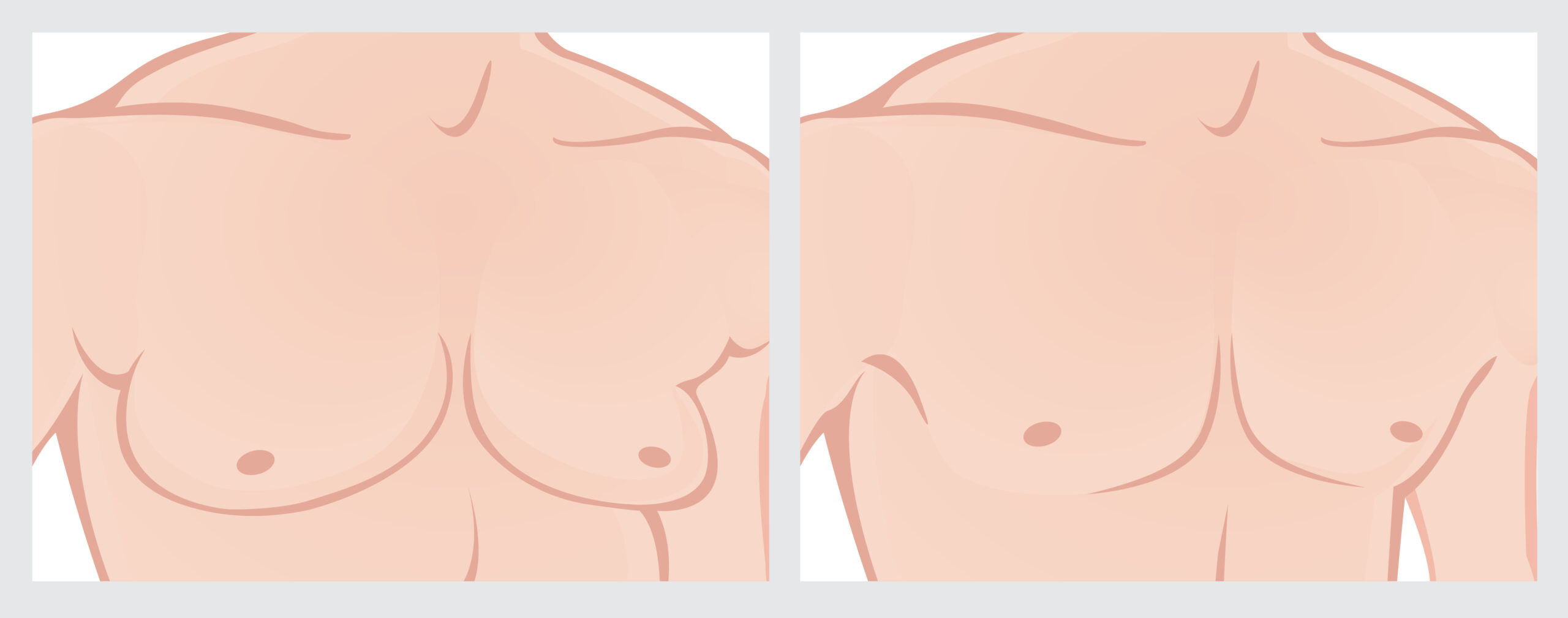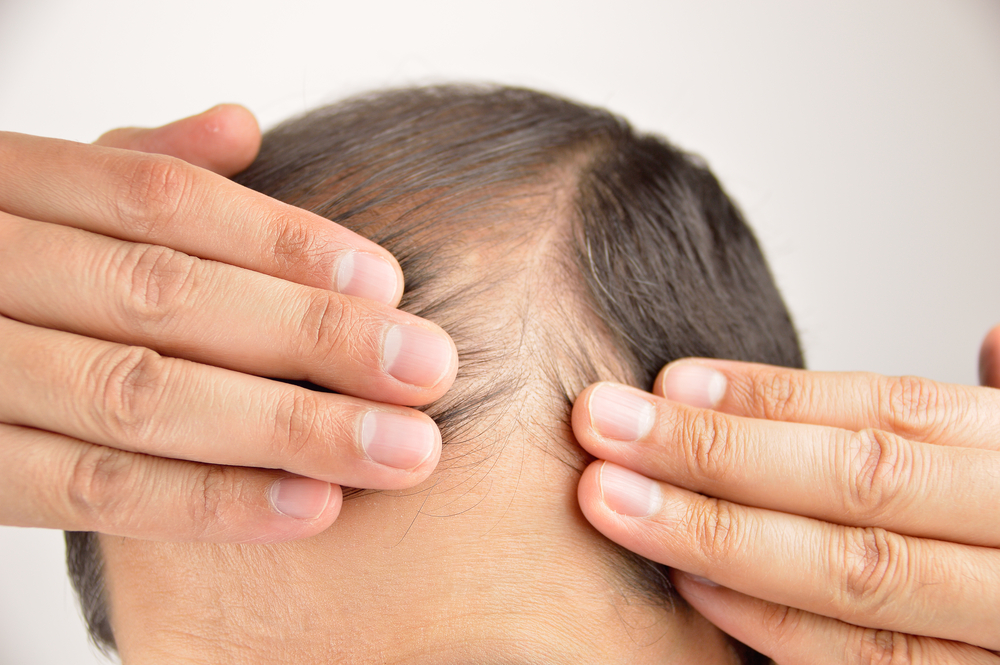Nerve decompression surgery could well be the difference between living a normal, migraine-free life, or one forever interrupted by overwhelming pain.
It’s a bad, all too familiar feeling. It starts with a relentless throbbing, intense pressure on your eyes and ultimately leaves you lying in a darkened room with a pillow over half your face and nagging urge to throw up.
Or maybe your migraines come on a little faster, hitting you like a ton of bricks when you happen to bend over to tie your shoe. Or perhaps your head suddenly starts pounding courtesy of your next door neighbor’s blaring music, or the from the strong scent of perfume emanating from the woman sitting in front of you on the bus.
However the migraine headache presents itself, there’s a pretty good chance you’ve experienced at least one in your lifetime. According to the Migraine Research Foundation, some 1 billion people suffer from migraines across the globe, making it the world’s third most common ailment. As such, there’s approximately 1 billion good reasons to focus on finding a cure for these debilitating headaches.
It’s quite possible you’ve already heard about plastic surgery options alleged to effectively treat migraine headaches. But if you’re only thinking of Botox injections, you might be surprised yet happy to learn there are better options out there for you. Let’s explore the migraine headache a little more deeply and find out why a brow lift might be your best bet.
Migraine vs. Headache
It’s always possible, of course, that your migraine headache is not, in fact, a migraine. Headaches, be they cluster, sinus, tension or other, can be incredibly painful. But before seeking a plastic surgery solution, you should acquire a formal diagnosis from a physician confirming that the headaches you suffer from are indeed migraines. You should also familiarize yourself with the symptoms that are definitive of a migraine:
- Nausea (with or without vomiting)
- Sensitivity to light, sound or both
- Throbbing pain that tends toward one side of the head
- Aura (flashing lights)
Of course, any of the above symptoms could be associated with other ailments. All the more reason that if you think you suffer from migraines to seek a professional opinion before pursuing surgical treatment.
Botox: The Pros and Cons
You may already know that Botox has become a popular and, as of 2010, FDA-approved method for treating migraines. Doctors have identified what they call migraine trigger points, or trigger sites, that are closely associated with migraine pain. Botox is injected into these trigger points in an effort to essentially paralyze the area. The popular injectable blocks these nerves, preventing the trigeminal nerve most closely associated with migraines from becoming irritated and causing an episode.
The practice has seen some success. However, it’s also a temporary solution. The results from Botox injections typically last between three and six months, meaning the migraines are likely to return in short order.
Over the past couple of decades, more and more research has emerged suggesting that a surgical solution could be the answer to chronic migraine headaches. As with any surgery, it’s not something to be taken lightly, but while still undergoing research to confirm its efficacy, surgery could well be the difference between living a normal, migraine-free life, or one forever interrupted by overwhelming pain.
Introducing the Brow Lift Cure
The brow lift is essentially a facelift for the forehead. Plastic surgeons make incisions along the brow line and tighten the skin to create a smoother, younger appearance. The exact nature of the incision depends on the style of brow lift being performed, but the results are largely the same.
The brow lift as a possible cure for migraines only emerged accidentally. In 1999, Cleveland based plastic surgeon and former Director of the American Board of Plastic Surgery (ABPS) Dr. Bahman Guyuron performed a traditional brow lift on a patient who later reported her migraines disappeared as a result.
Curious as to whether the correlation was meaningful or not, Dr. Guyuron conducted an investigation of 314 patients who had undergone brow lifts over the previous decade. Of those patients, 39 reported having had migraines prior to the surgery and of those 39 people, 31 said their migraines had significantly improved afterward.
So how did the brow lift relieve or eliminate migraine pain for these individuals? Dr. Guyuron theorized that the nerves responsible for the pain were being compressed by bone and muscle, and that the brow lift could relieve some of this compression. He then went on develop a specific procedure that targeted this effect, a modified brow lift that’s now called nerve decompression surgery.
How Nerve Decompression Surgery Works
Dr. Guyuron notes that not all migraines are triggered by the same nerves. He identified four lesser and four main “trigger points.” The main trigger points are the forehead, the temple, the back of the head and directly behind the eyes. Before conducting nerve decompression surgery, the plastic surgeon will first identify which of these trigger points is the source of your pain.
Plastic surgeons do this by injecting Botox or a similar nerve blocker into those points. The Botox works exactly as it would for migraine treatment: it paralyzes the muscle and blocks the pain. The surgeon does this to determine which trigger points provide pain relief after an injection. Take note that this process is relatively time consuming and may not be realistic for migraine patients traveling from afar, even if it does promise the greatest surgical success.
The surgery itself works much like a brow lift. The doctor administers local anesthesia and makes incisions along the hairline, rearranging or removing nerves associated with migraine pain. Where exactly the incisions are made depends on the source of the pain. Depending on the number of trigger points that warrant removal, the procedure could take anywhere from 15 minutes to an hour.
A Scientifically Supported Method
After his initial discovery, Dr. Guyuron conducted numerous peer-reviewed studies to further assess the correlation between brow lift surgery and migraine pain relief. What he found supported the idea that this surgery is not only effective against migraine pain, but can have lasting results.
His 2002 study, which was published in the Plastic and Reconstructive Surgery Journal, followed 29 patients ranging from 24 to 63 years of age. After receiving a confirmed migraine diagnosis, they were given Botox in each corrugator supercilii muscle (these muscles are found along the bridge on the inside of the eye where it connects with the nose).
Those who experienced complete pain relief from the Botox test had surgery performed only on that muscle. Those who experienced improvement but not complete pain relief had surgery performed on that muscle and the zygomaticotemporal branch of the trigeminal nerve that connects the outside corner of the eye socket to the temple. Of the 22 patients who underwent surgery, 10 experienced total migraine relief while another 11 reported a significant improvement.
Of course, migraine pain can only be measured in patient reports and the placebo effect is a powerful factor in many medical studies. Dr. Guyuron’s 2009 study of the effect of nerve decompression surgery on migraine pain accounted for this by including a control group that received “sham surgery.” Neither they nor the doctors they communicated with were aware of the fact that they had not received any meaningful medical treatment.
Of the control patients, 58% reported migraine relief, suggesting a strong placebo effect. However, 84% of those that received genuine surgery reported migraine relief, supporting the idea that this surgery has legitimate medical benefits when treating migraines.
Finally, it wasn’t enough to know that patients experienced temporary relief. Dr. Guyuron wanted to understand the long term potential for the surgery. His 2011 study assessed patients immediately after surgery and again after a period of five years. 79 of the original participants were followed for five years. 61 of those had a positive response to the surgery; 20 reported a complete loss of migraines while 41 participants reported a significant decrease in migraine pain.
Courtesy of Dr. Guyuron’s extensive research, there is now demonstrable proof that these procedures can offer long lasting medical benefits for patients.
A Note of Caution: Side Effects and Complications
Surgical nerve decompression is surgery. And as such those who receive a modified brow lift for migraine relief are still subject to all the potential side effects and complications that accompany traditional brow lifts, including scarring, hair loss around the incision area(s), bleeding, swelling and potential mild to moderate pain (although not the migraine pain to which they are accustomed). If you’re considering surgery, you’ll want to discuss side effects with your surgeon and weigh them against your migraines.
In spite of Dr Guyuron’s research, this surgery is still in development and, as such, largely considered experimental. The FDA has yet to put its seal of approval on the practice, making it unlikely you’ll be able to convince your insurance company to cover it. Many doctors who specialize in migraine headaches still question the reliability of the practice and urge sufferers to explore other treatment options before resorting to surgery.
That said, the research to date has been notably compelling, and many people who’ve flocked to nerve decompression surgery to improve their quality of life have reported that the treatment did just that. Consequently, it’s definitely worthy of consideration should you suffer from migraine headaches.









